Why is corrugated cardboard everywhere, from your morning cereal box to the big shipment that arrives at your doorstep? It turns out that this unassuming material is a key player in the world of packaging, handling over 90% of the products shipped in the U.S. every year.
But what makes corrugated cardboard such a standout choice? Is it its ability to protect your fragile items or its role in reducing environmental impact?
This blog will unpack the secrets behind corrugated cardboard and outline why it’s considered a top-notch packaging material. From its sturdy design to its eco-friendly benefits, we'll see why this cardboard continues to be the unsung hero in our daily lives.

Corrugated cardboard was first patented in 1871 by Albert Jones. Initially, it was used as a liner for tall hats, which gave it its original name, "corrugated paper."
How Corrugated Cardboard is Made: The Manufacturing Process
Corrugated cardboard is a popular packaging material. It's known for its strength and eco-friendliness. Here's a detailed look at how corrugated cardboard is made.
What is a Corrugated Cardboard?
Corrugated cardboard consists of three layers: two flat sheets called liner boards and one wavy layer in between called the flute. This combination gives it strength and makes it ideal for packaging. But how exactly is this robust material produced?
The Manufacturing Process
- Raw Materials
The process starts with gathering the raw materials: cellulose fiber from wood or recycled paper and plant-based glue from maize or potato starch. These materials are natural and make the cardboard sustainable.
- Creating the Flute
A sheet of paper is fed through rollers to create the wavy, fluted layer. This flute adds strength and cushioning to the cardboard packaging material.
- Bonding the Layers
The fluted layer is placed between two flat sheets of paper (linerboards). These layers are glued together with plant-based glue, making the corrugated cardboard strong and durable.
- Pressing and Drying
The glued layers are pressed to ensure they stick together and form a smooth surface. The pressed sheets are then dried to remove any moisture.
- Cutting and Shaping
The dried corrugated cardboard is cut into various sizes and shapes, depending on what it will be used for. It can be made into a single-wall, double-wall, or triple-wall cardboard, depending on the needed strength.
- Printing and Finishing
If needed, the corrugated cardboard can be printed with logos or designs. This printing uses safe, eco-friendly water-based inks.
Corrugated cardboard is popular in the packaging industry because it combines strength, sustainability, and cost-effectiveness. Its ability to protect items and be environmentally friendly makes it a top option for many uses.

It wasn't until 1890 that corrugated cardboard was used for shipping boxes. The invention of the single-face corrugated board led to its commercial use for packaging.
Why Corrugated Cardboard is the Best Material for Packaging Fragile Items
When it comes to packaging fragile items, choosing the right material is crucial to ensure they arrive safely. Corrugated cardboard stands out as a top choice for this purpose. Here’s why it’s considered the best material for protecting delicate products.
- Effective Cushioning
The unique structure of corrugated cardboard, with its fluted layer sandwiched between two flat sheets, provides excellent cushioning. This design helps absorb shocks and impacts, reducing the risk of damage to fragile items during transit.
- Customizable Protection
Corrugated cardboard can be tailored to fit various types of fragile products. It can be cut and shaped into custom inserts or compartments, ensuring a snug fit and minimizing movement inside the package. This customizability further protects items from potential damage.
- Strength and Durability
The multiple layers of corrugated cardboard offer enhanced strength and durability. Whether you’re using single-wall, double-wall, or triple-wall cardboard, the material’s robust structure helps withstand external pressures and impacts, making it suitable for shipping delicate and heavy goods alike.
- Lightweight Yet Strong
Despite its strength, corrugated cardboard remains lightweight. This combination of strength and low weight is ideal for protecting fragile items without adding excessive bulk to the packaging, which can be important for cost-effective shipping.
For easy-to-follow advice on keeping your fragile items safe, see our guide on how to pack fragile items: steps, supplies, tips, and more.
Practical Applications for Fragile Items
- Electronics: Corrugated cardboard is commonly used for packaging electronics, where its cushioning properties prevent damage from shocks and vibrations.
- Glassware: The material’s ability to absorb impacts helps protect glassware and other breakable items from breaking during shipping.
- Artwork: Corrugated cardboard can be customized with padding and inserts to protect delicate artwork and photographs from potential damage.

In the U.K., "Boxing Day" gets its name from the tradition of giving boxes filled with gifts to the less fortunate. Corrugated cardboard boxes have been an essential part of this tradition.
Environmental Benefits of Using Corrugated Cardboard for Packaging
Corrugated cardboard is not only a practical choice for packaging but also offers significant environmental benefits. Here’s why choosing corrugated cardboard is an eco-friendly decision.
- Sustainable Sourcing
Corrugated cardboard is primarily made from cellulose fiber, which is a renewable resource derived from trees. Sustainable forestry practices ensure that the trees used for producing this cardboard are replaced, maintaining a balance in the ecosystem.
- High Recycled Content
A substantial portion of corrugated cardboard is made from recycled paper. According to the European Federation of Corrugated Board Manufacturers (FEFCO), 88% of European corrugated cardboard comes from recycled fibers. This reduces the need for virgin materials and helps lower the environmental impact.
- Easy Recycling
Due to its single-material composition, corrugated cardboard is easy to recycle. Unlike multi-material packaging that requires separation, corrugated cardboard can be placed directly into recycling bins without additional processing. This simplifies the recycling process and encourages higher recycling rates.
- Reduced Carbon Footprint
The production of corrugated cardboard generally has a lower carbon footprint compared to other packaging materials. Its efficient manufacturing process and the use of recycled content contribute to reduced greenhouse gas emissions, making it a more environmentally friendly option.
- Minimal Waste Generation
During its lifecycle, corrugated cardboard generates minimal waste. After use, it can be recycled or repurposed as filler material, which helps avoid sending large amounts of waste to landfills. This waste reduction contributes to a more sustainable waste management system.
- Biodegradable and Compostable
When disposed of, corrugated cardboard naturally decomposes, as it’s made from organic materials. This biodegradability helps reduce landfill bulk and supports composting initiatives, contributing to soil health and reducing environmental pollution.
Examples of Sustainable Practices
- Eco-Friendly Printing: Water-based inks used for printing on corrugated cardboard are non-toxic and environmentally safe, reducing the impact on the environment.
- Innovative Designs: Companies are increasingly using corrugated cardboard to create designs that minimize material use without compromising functionality, further reducing environmental impact.

The largest corrugated cardboard box ever made measured 27.5 feet long, 13 feet wide, and 12 feet high, showcasing the material’s versatility and strength.
Cost-Effectiveness of Corrugated Cardboard
The affordability of corrugated cardboard makes it a practical choice for packaging fragile items. It offers significant protection at a lower cost compared to other materials, helping businesses keep their packaging budgets in check.
| Type of Corrugated Cardboard | Typical Cost Range | Description |
|---|---|---|
| Single Wall Boxes | $0.50 - $2.00 per box | Cost-effective for lightweight items. |
| Double Wall Boxes | $1.00 - $3.50 per box | Provides extra strength for heavier or fragile items. |
| Triple Wall Boxes | $2.00 - $6.00 per box | High-strength option for very heavy or fragile goods. |
| Custom Printed Boxes | $2.00 - $7.00 per box | Includes custom designs or branding, varies by complexity. |
| Corrugated Rolls | $30 - $80 per roll | Used for protective padding and custom packaging solutions. |
Customizing Corrugated Cardboard Packaging
Packaging is the silent salesman.
Customizing corrugated cardboard can make your packaging stand out and serve its purpose effectively. Just like the saying goes, "You never get a second chance to make a first impression," the right packaging can significantly impact.
Here’s how you can tailor corrugated cardboard to fit your needs.
- Size and Shape
Corrugated cardboard can be cut into any size or shape you need. Whether you're looking for small boxes for individual items or large containers for bulk shipping, this material can be tailored to your specifications.
- Structural Design
You can modify the structural design of corrugated cardboard to include features like handles, tear-off tabs, or locking flaps. These additions make the packaging easier to handle and use.
- Printed Graphics
Adding printed graphics to corrugated cardboard allows you to include your brand's logo, product details, and attractive designs. Custom printing helps with brand promotion and improves the look of your packaging.
- Color and Finish
Corrugated cardboard can be finished in various colors and textures. From simple brown to bright colors and different finishes, you can choose a look that fits your brand and appeals to customers.
- Internal Compartments
Custom inserts or dividers can be added to corrugated cardboard boxes for better product protection. These features keep items secure and prevent damage during shipping.
- Eco-Friendly Options
Corrugated cardboard can also be customized for eco-friendly features, such as recycled materials or biodegradable coatings. This is a good choice if you want to align with sustainability goals.
If you’re also looking for bubble wrap, you can find it at local stores or online. Check out our guide on where to buy bubble wrap near me for the best options in your area.
Practical Applications
- Retail Packaging: Custom boxes with printed graphics and unique shapes enhance the customer experience and strengthen your brand.
- E-commerce: Tailored packaging solutions with structural designs and internal compartments help protect products and reduce damage during shipping.
- Promotional Packaging: Special finishes and colors can be used for seasonal or promotional items, creating a memorable unboxing experience.

About 88% of corrugated cardboard produced in Europe is made from recycled materials, making it one of the most sustainable packaging options available.
Choosing the Right Corrugated Cardboard
The right tool for the job makes all the difference. – unknown
When selecting corrugated cardboard, picking the right type is essential to ensure effective and cost-efficient packaging. Here's a simple guide to help you choose the best option for your needs.
| Criteria | Single Wall | Double Wall | Triple Wall | Custom Options |
|---|---|---|---|---|
| Strength | Good for light items | Better for heavier or fragile items | Best for very heavy or delicate loads | Depends on design and materials |
| Cost | Usually, the cheapest | Moderately priced | More expensive | Varies with customization |
| Typical Uses | Small boxes and standard packaging | Heavy-duty shipping boxes | Strong packaging for large items | Custom sizes, shapes, and prints |
| Protection Level | Basic protection | Better protection | High protection for fragile or heavy items | Depends on added features |
| Customization | Limited to size and basic design | Custom sizes and designs available | Custom options available with extra strength | Highly customizable with designs, colors, and finishes |
| Environmental Impact | Recyclable and biodegradable | Recyclable and biodegradable | Recyclable and biodegradable | Recyclable and biodegradable, depending on the materials |




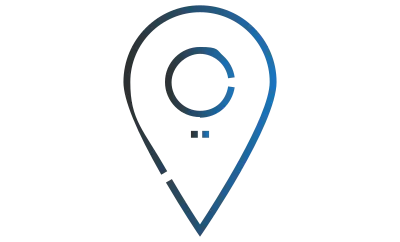


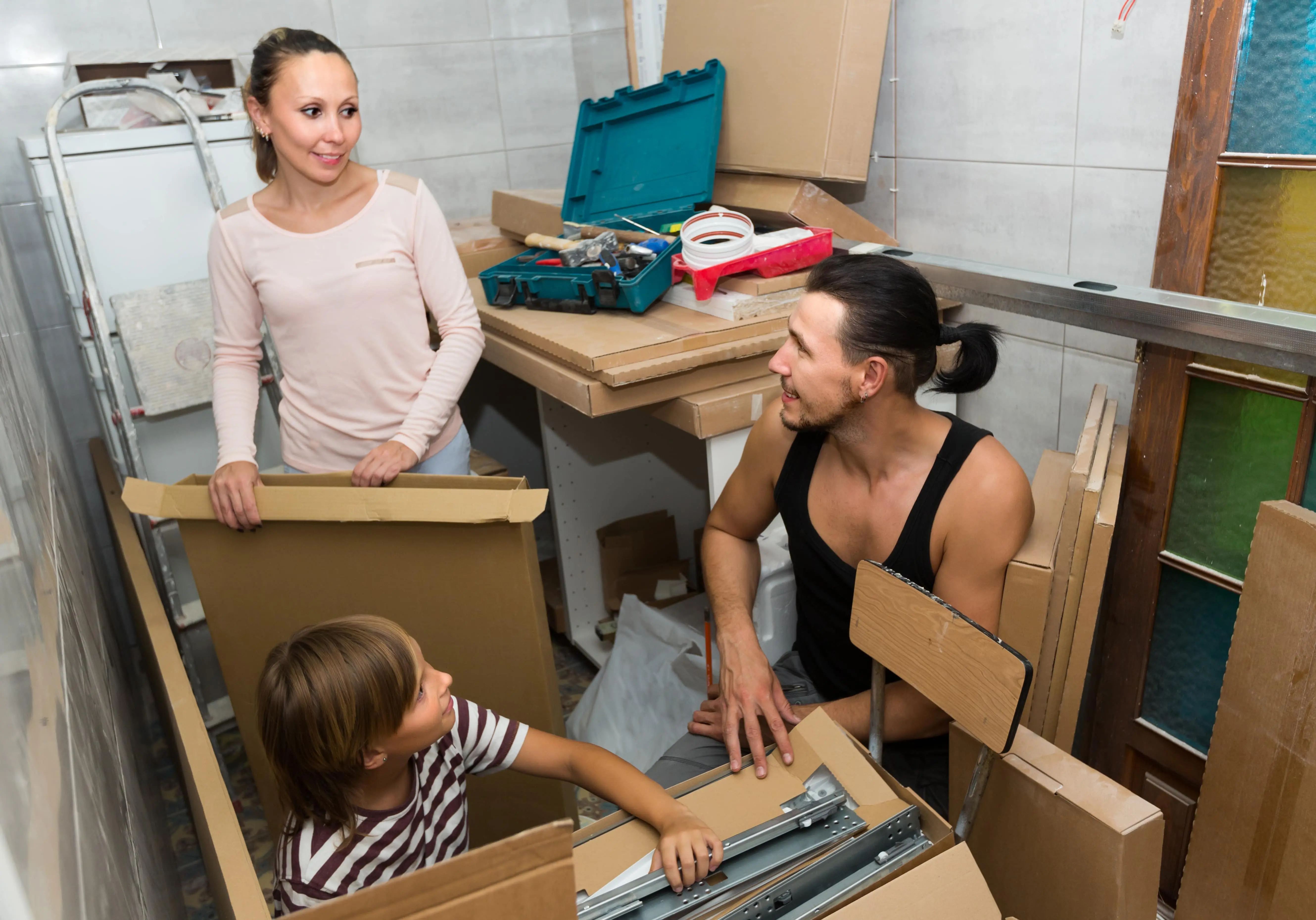
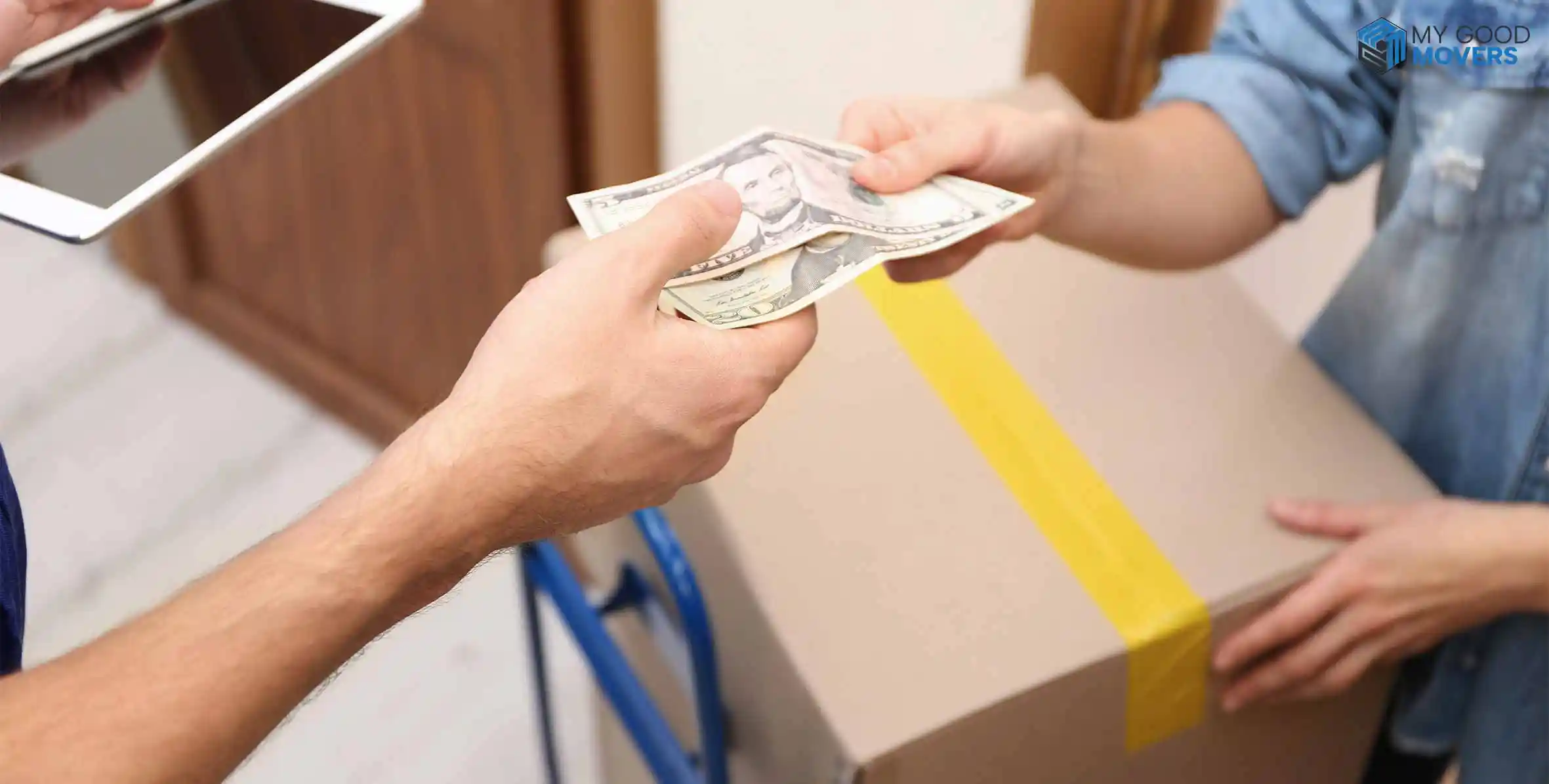
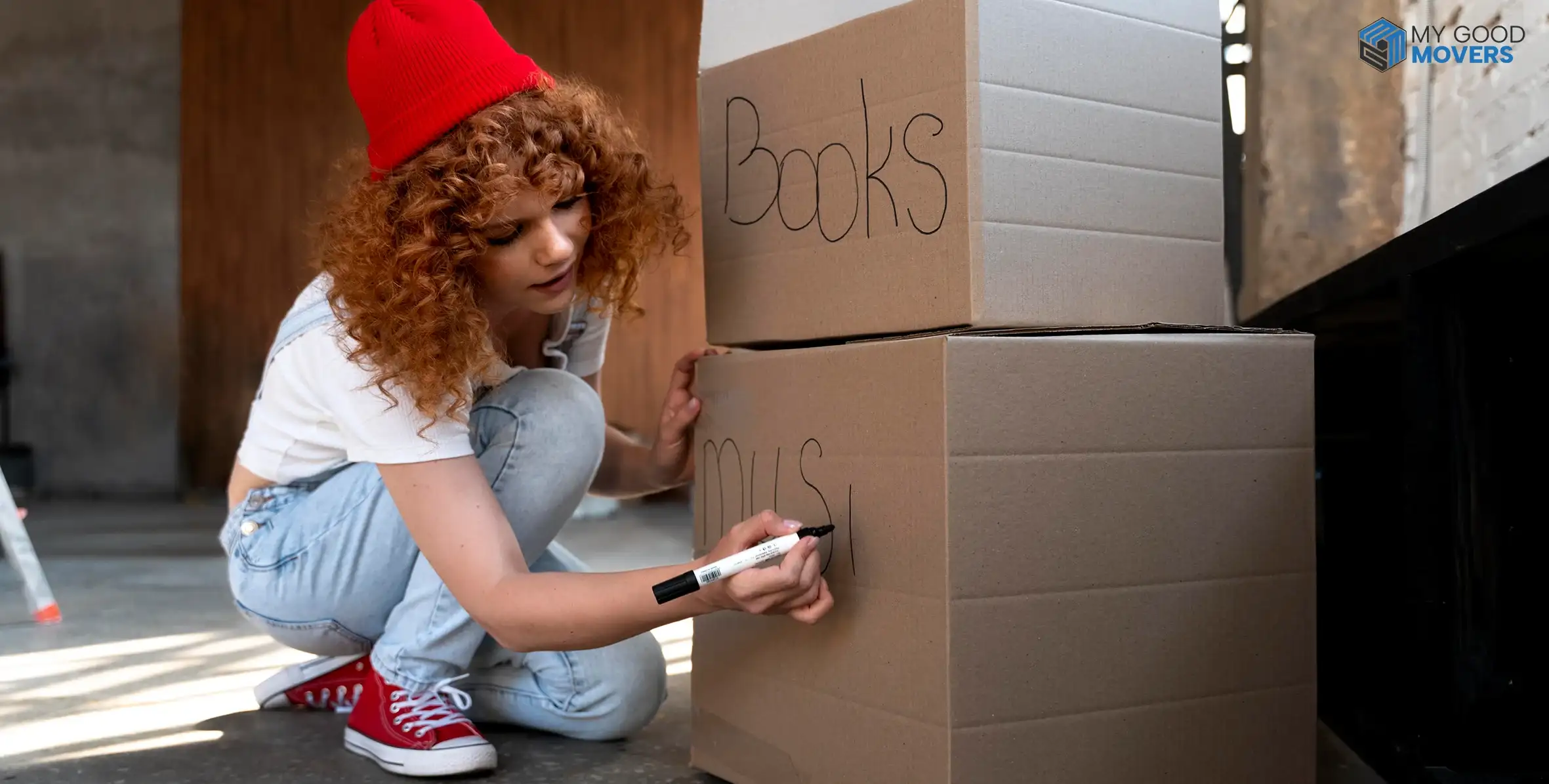
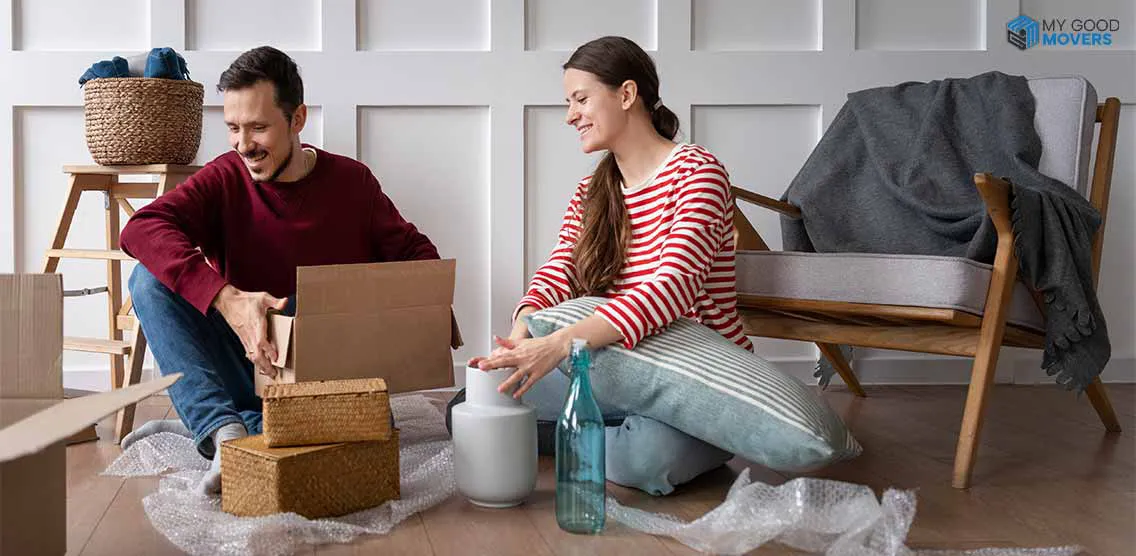
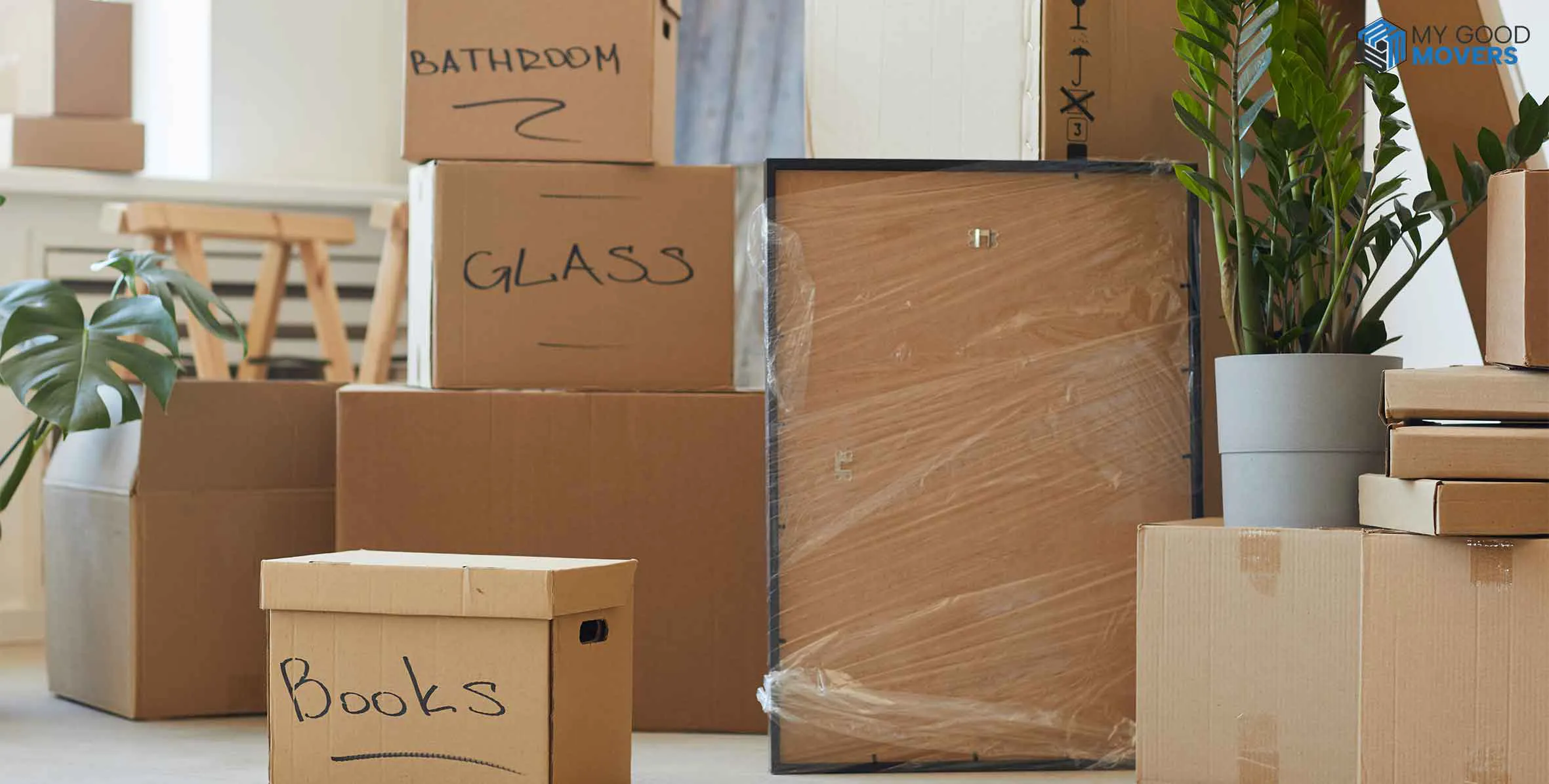
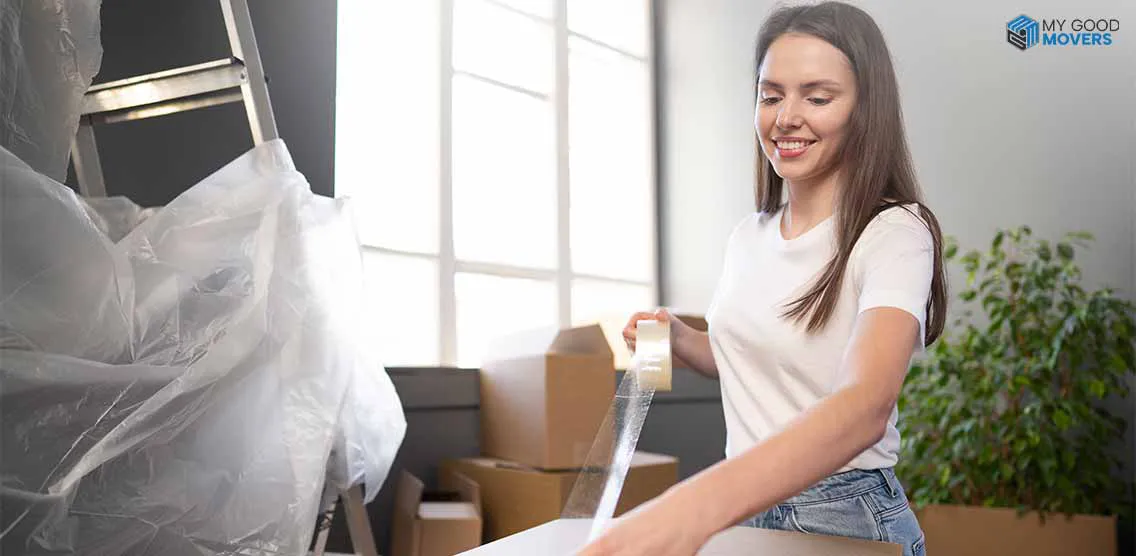












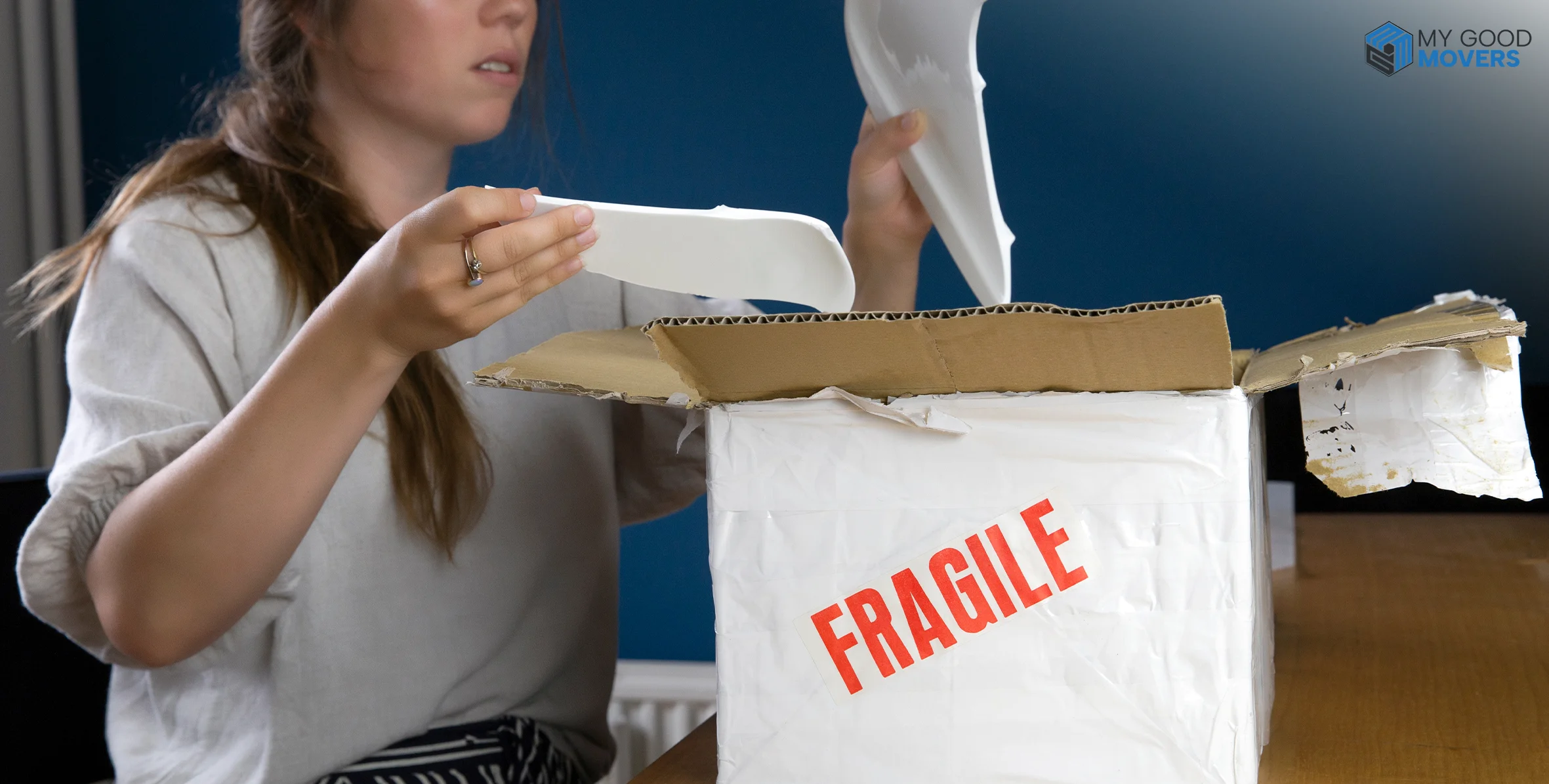

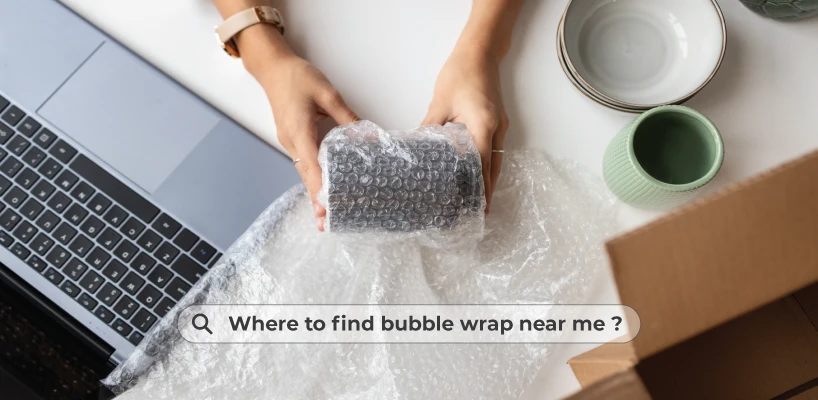
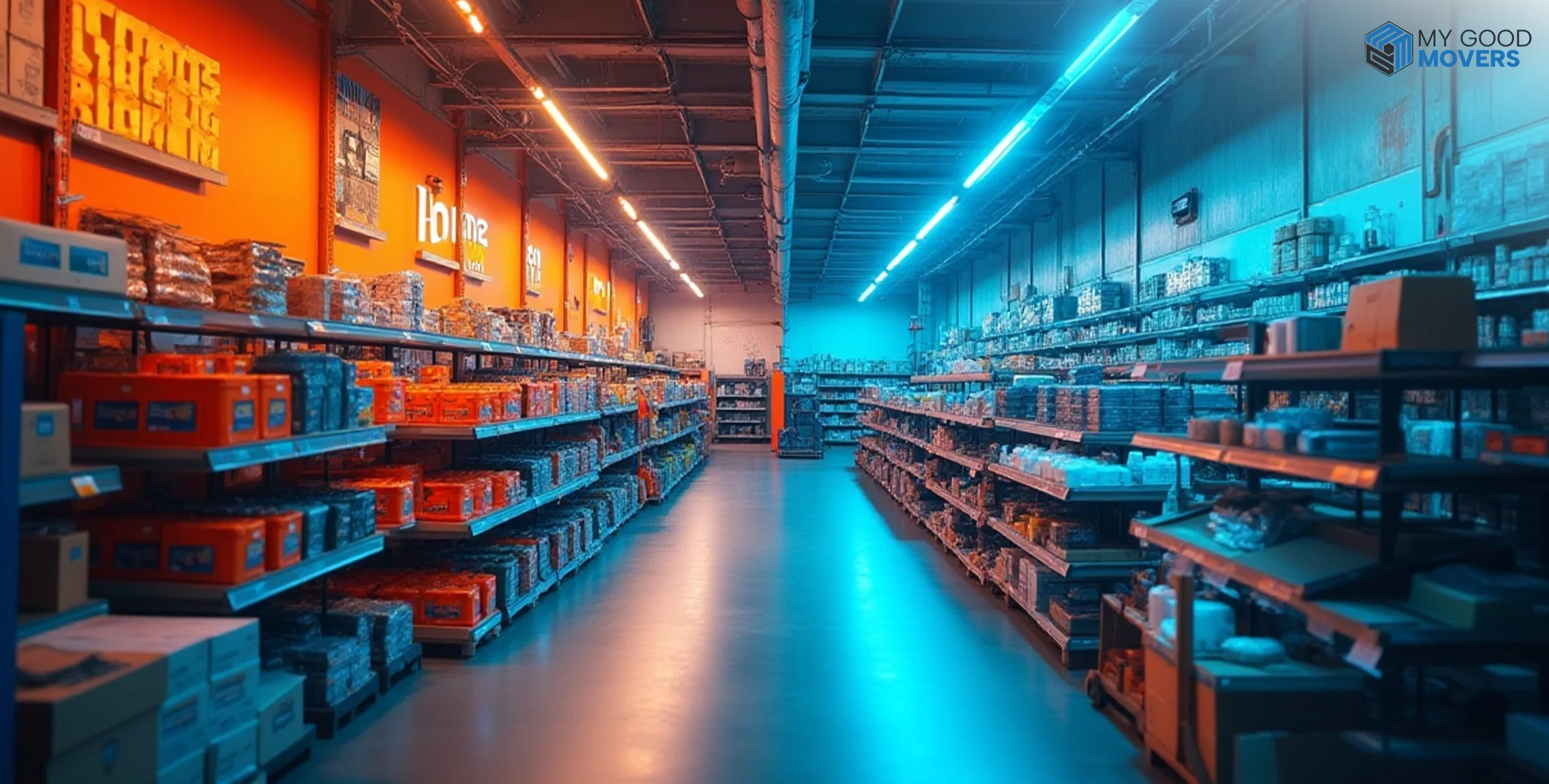
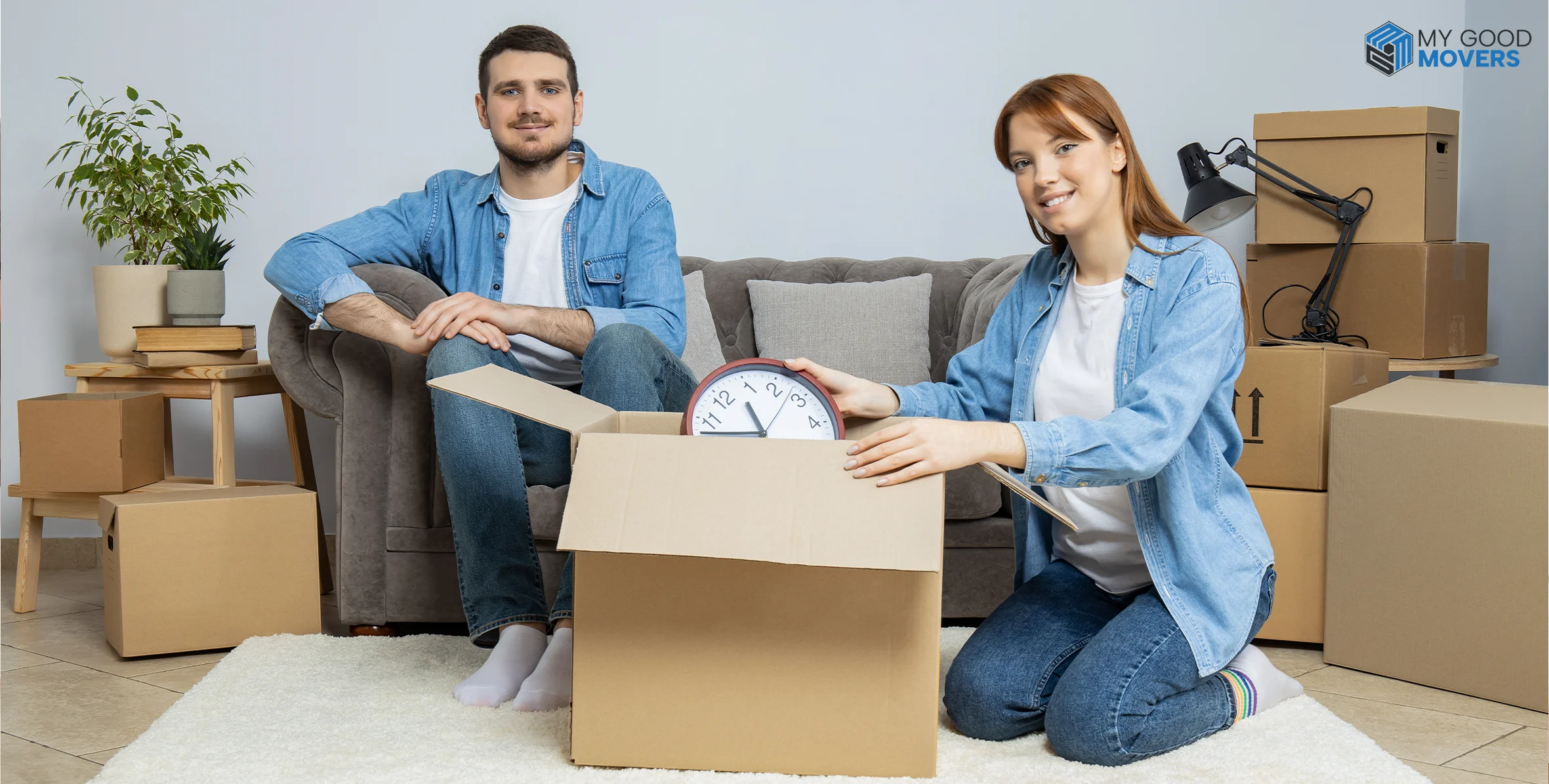
 (239) 799–6077
(239) 799–6077